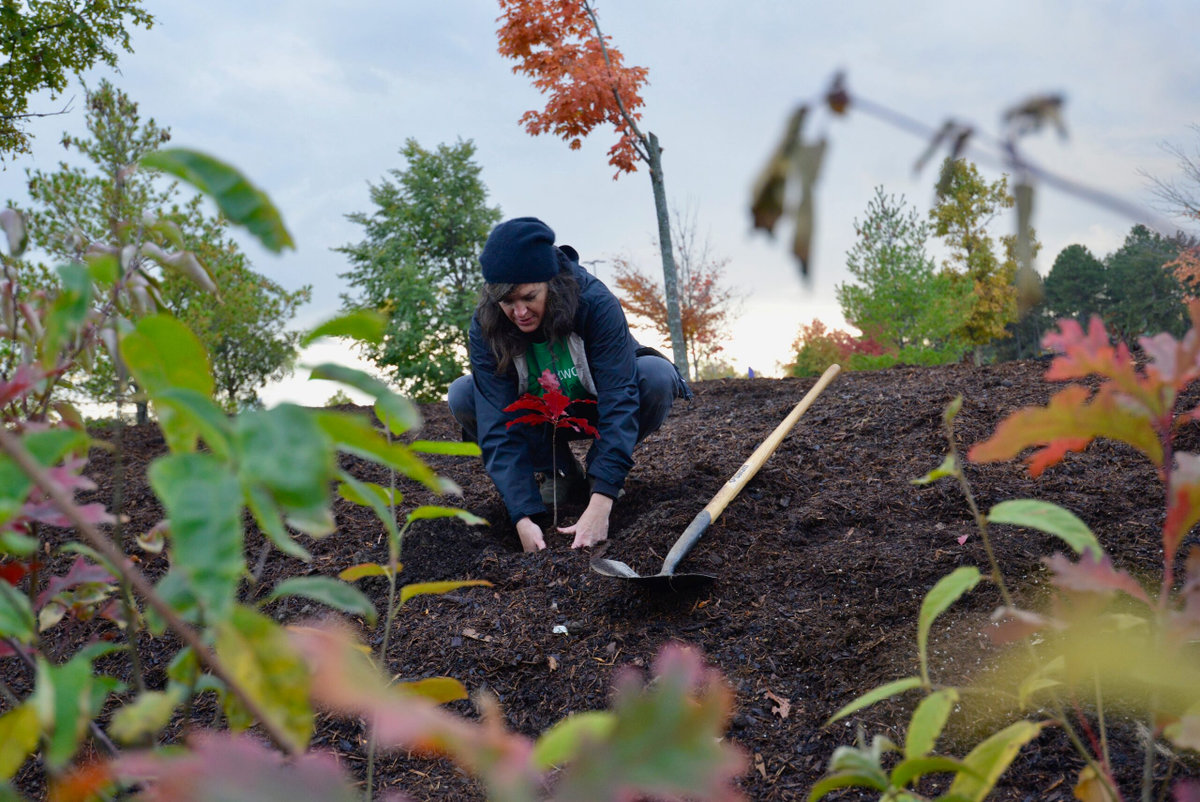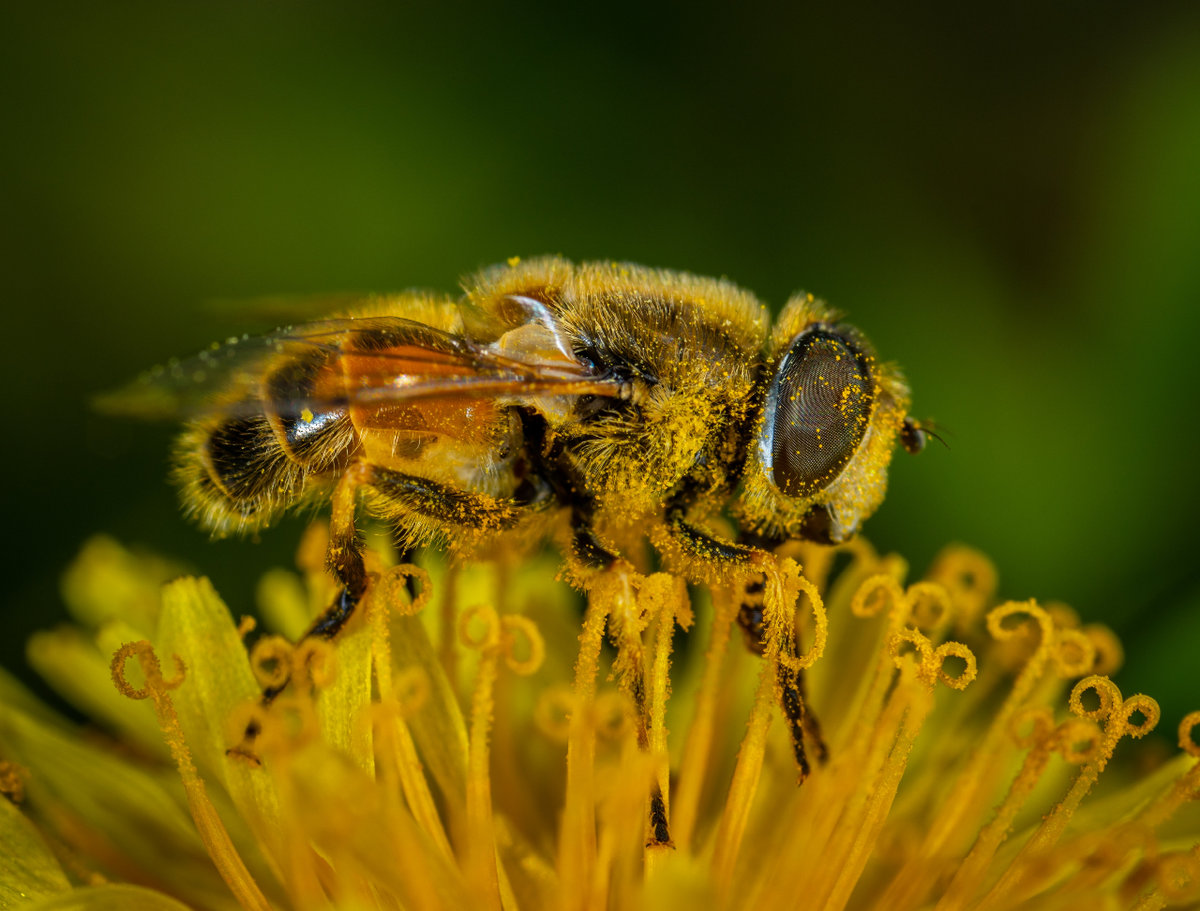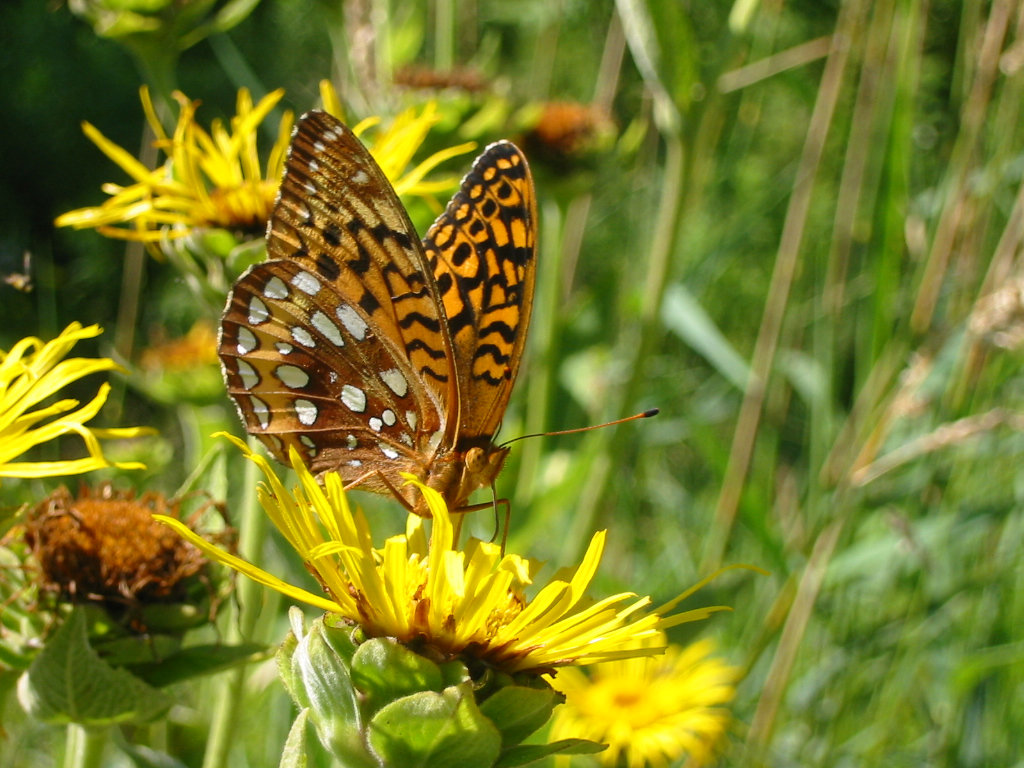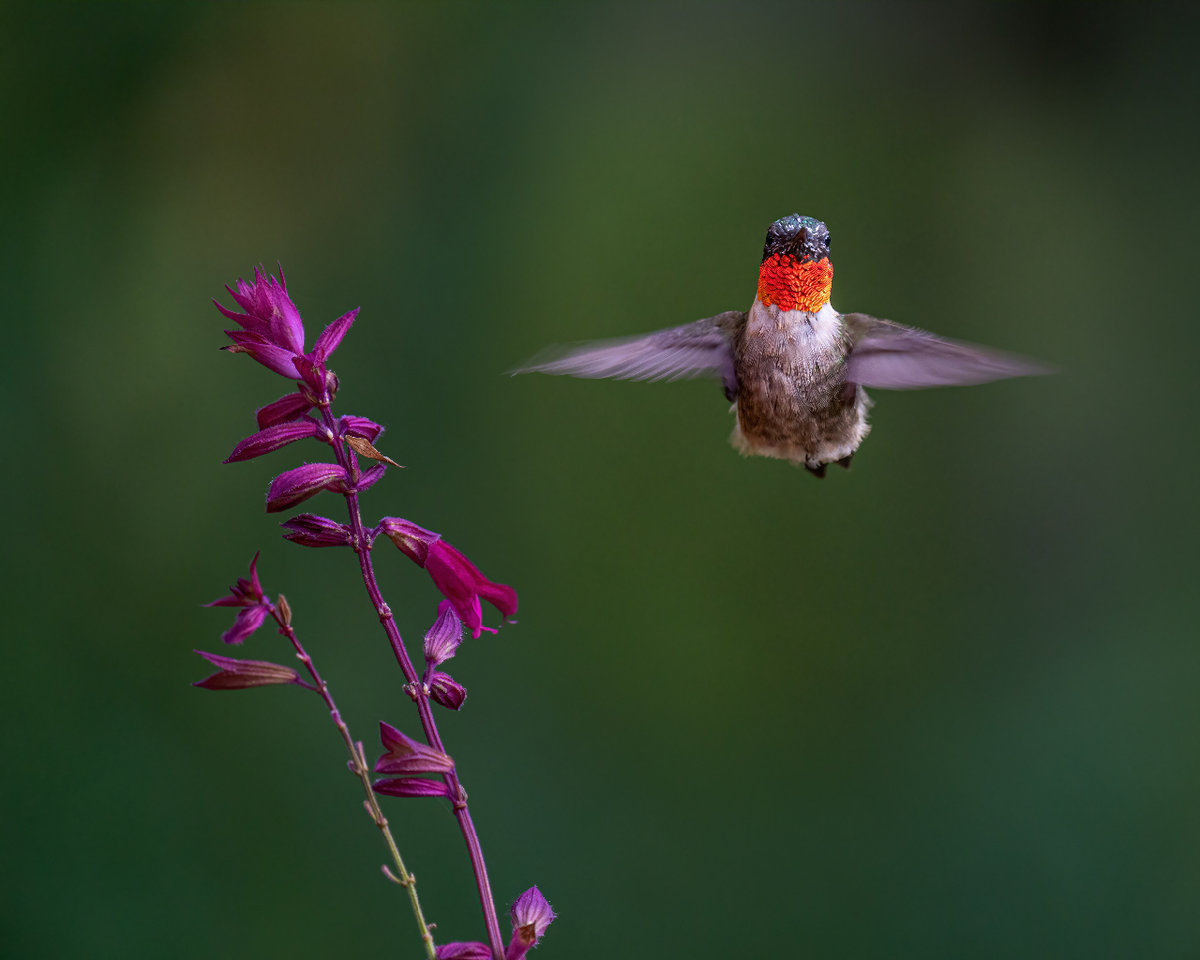
We collect basic website visitor information on this website and store it in cookies. We also utilize Google Analytics to track page view information to assist us in improving our website.
Written by: Tara Tavoularis
As drought conditions become more common, one of the most critical steps homeowners and communities can take is to properly water their trees. Trees, especially those lining our streets, are among the most vulnerable and important plants during dry periods. Unlike grass, which can go dormant and recover, trees can experience long-term damage or even die if their roots don’t get adequate water. Trees must be watered slowly and deeply to ensure moisture reaches the full depth of their root zones.
Proper watering techniques include using a soaker hose placed a couple of feet from the trunk or allowing a hose to trickle slowly in sections around the tree. This ensures water seeps down rather than running off the surface and helps spread your watering over several zones under the tree’s canopy to target the active root areas. Mulching with wood chips or shredded leaves also helps retain moisture, but it’s important to keep the mulch a few inches away from the trunk to avoid rot. Avoid relying on overhead sprinklers, which mostly benefit grass and not the deeper roots of trees.
At the same time, homeowners can reduce the strain on water resources by incorporating drought-tolerant native plants in their gardens. Native species are naturally better equipped to survive dry spells thanks to their deep roots and low water need. While they still require some supplemental watering, especially during establishment, they tend to bounce back much faster and are better suited to withstand climate stress.
Ultimately, while grass can go dormant, trees need your help to survive and thrive through drought. Smart watering and native planting not only save trees and water resources, it also supports healthier, more climate resilient landscapes. Whether you’re caring for a street tree or nurturing a native garden, a little attention now can make a huge difference later.
Reference List & Additional Reading
Watering Trees Fact Sheet - Rainbow Tree Care
Watering Trees During Drought - Texas A&M Forest Service
Tree Responses to Drought - M.G. Ryan
The Power of Native Plants in Water Conservation
Written by: Summer Graham
If you find yourself constantly heading to Google to search for answers about native plants, then today is your lucky day! We are tackling some of the most searched questions about native plant species - what they are, what they do, why they are good, and where to find them!
First off, what does it even mean to be native? The question of whether a plant is native or introduced may differ depending on the source you are using and which geographical area you are referring to. For example, a plant can be native to Canada, but not native to certain provinces (e.g. Manitoba Maple). You may have noticed that some sources even differ in their display of native species ranges.
The term native is defined as “of indigenous origin or growth”. Native species are therefore defined as those which originate from a given area prior to human intervention. These species have evolved over thousands of generations as part of a cohesive ecosystem alongside other native wildlife and have adapted to the environmental conditions present in a region.
Most species deemed “non-native” or “invasive” to an area are often brought through human intervention, many of which can be timed to European settlement of North America. Think Common Buckthorn brought to North America to be a hedge tree, and Garlic Mustard introduced as a food source for European settlers. Not all non-native species were brought over intentionally however, Zebra Mussels hitched a ride in ballast water, and Emerald Ash Borer is thought to have come to North America on wooden shipping pallets.
Overall, it can be difficult to trace a species origin and in a changing climate, species ranges are constantly moving. This leads to much debate over what is truly a “native” species.
Native plants provide a wide variety of benefits, including:
Like all plants, native plants require specific conditions to grow and thrive. Some species will do better in specific conditions (specialists) while others will be able to survive a variety conditions (generalists).
Levels of sun, and water, temperature requirements, soil preferences, and nutrients needed can vary greatly between species, and even within species growing in different regions. It is important to assess your site or garden prior to selecting species, so you can closely match the species you choose to the conditions you have! This will make it easier for your plants to establish without as much work from you.
Planting native trees at the Toronto Zoo Mini Forest - Madigan Cotterill/CanGeo

Native plants help the environment in a variety of ways, with one key impact being the restoration of degraded areas into natural ones. This helps to support local wildlife by providing food and habitat. Growing native plants in the proper conditions can also reduce the need for pesticides and fertilizers, which can cause harm to waterways if not used properly and allowed to run into streams or rivers.
Native plants are often promoted as being “better” for pollinators, but what exactly does this mean? Unlike introduced, non-native species, native plants have evolved alongside native wildlife for many years. This means that the wildlife have adapted to maximizing the benefit they gain from native plants, and native plants have evolved strategies to be pollinated or dispersed by native wildlife. In some cases, it has gone as far as a wildlife species needing a single type of plant for an essential part of its lifecycle (like how Monarch butterflies cannot reproduce without Milkweed). Native plants also provide the right nutrients for native species, with some studies finding that native pollinators get more energy from native pollen and nectar, reducing the amount of energy needed to collect food.
Native plants will follow the proper flowering cycle for their local climate. Some nonnative species will not bloom for as long, or at the right time, to support peak pollinator populations. Ideally, your pollinator garden will include native plants that bloom in early spring, species that bloom in summer, and late blooming species for fall.
Plants that are native “for your area” will obviously depend on where you are! There are many resources online and field guides that might be able to help, or you can visit our plant database and filter for your location to find species with the same native distribution! It is currently only possible to filter for species by province or territory, but keep in mind that a species suitable for the Carolinian range in Ontario won’t be suitable for the far north of the province, and vice versa! Look to local forests and natural plant communities in your area for an idea of the types of species that grow well wherever you are.
When selecting species to plant in your yard, remember that conditions matter! Just like any species, native plants have specific soil, sun, and moisture considerations. Carefully considering your site and choosing appropriate species will give you the best success.
There are many options for buying or sourcing native species for your garden! If you know someone who grows native plants in their yard, see if you can collect seed or cuttings from their plants to start your own garden. Some species may tolerate being divided and transplanted as well. You can also join local native plant gardening groups on social media for some great tips on growing native species and where to get them locally.
Many options also exist for purchasing native plants or seeds for your yard. Sourcing from local areas is the best option, as these species will have genetics suitable for the conditions in your area. For example, even though you can buy seeds for species native to your area online from California, they likely don’t have the same genetics as a species found closer to where you are in Ontario. Check local plant groups, arboretums and conservation authorities for native plant sales, and inquire at your local garden centre for native species. Many independent, native plant nurseries are also open to the public - to find where to buy native species near you, visit our “Find a native plant nursery” map here .
Written by Summer Graham
When we see a field of flowers, the thought of pollinators is often not far behind. Why can’t the same be said when we look at a field of vegetables, or our dinner plates?
The fact is that pollinators (like bees, moths, butterflies, and birds) are responsible for about 1 in every 3 bites of food we eat every day! Without pollinators, we would be unable to produce crops at the rate we currently do, and the resulting food insecurity would be devastating.

Pollination is the transfer of pollen from the male anther of a flower to the female stigma of another flower. This transfer is required to produce seeds, which develop when pollen goes to another flower of the same species.

Seeds are one method that plants use to reproduce and pass on their genetic diversity.
Cross-pollinating species require a separate individual of the same species nearby and a vector, such as wind or a pollinator, to transfer pollen. Pollination doesn’t always require pollinators; in fact, some plant species are self-pollinating, meaning their flowers can fertilize themselves.
Maintaining pollinator diversity is just as important as supporting and protecting pollinators. If we rely on only a handful of species to pollinate all our crops, we risk large-scale food shortages if a disease or other disaster was to impact certain pollinator populations.
Some pollinator species are specialists (pollinating only one or two specific types of plants) instead of generalists (able to pollinate many species). For example, bees and flies visit and pollinate over 90% of the world’s major plant types, while other species, like birds, bats, butterflies, moths, ants, and beetles visit fewer than 6%.
Other species that might pollinate specific plants include cockroaches, mice, squirrels, monkeys, lizards, and even snails! Just because these species are not significant pollinators within our agricultural system, does not make them any less important to protect. The species pollinated by these specialists may rely almost solely on them to be able to reproduce, and so protecting pollinator diversity maintains diversity on other levels in our ecosystem as well.
squirrels, monkeys, lizards, and even snails! Just because these species are not significant pollinators within our agricultural system, does not make them any less important to protect. The species pollinated by these specialists may rely almost solely on them to be able to reproduce, and so protecting pollinator diversity maintains diversity on other levels in our ecosystem as well.
Some key threats to pollinator populations include habitat loss and disturbance, habitat fragmentation, pesticide poisoning, and competition with exotic/introduced pollinator species. Here are some easy things you can do at home to help support your local pollinators!
Protecting pollinators is about more than just saving the bees. We need to shift to more sustainable and efficient methods of food production that help all species of pollinators, not ones that harm them. By promoting native biodiversity on the landscape, we can enhance habitat for more pollinator species, and ensure that sustainable food production is available for generations to come.
Pollinator.org – Bigger than Bees
Diversity, Importance, and Decline of Pollinating Insects in Present Era
Wikipedia – List of Crops Pollinated by Bees
Join our email list to receive occasional updates about Network of Nature and ensure you get the news that matters most, right in your inbox.